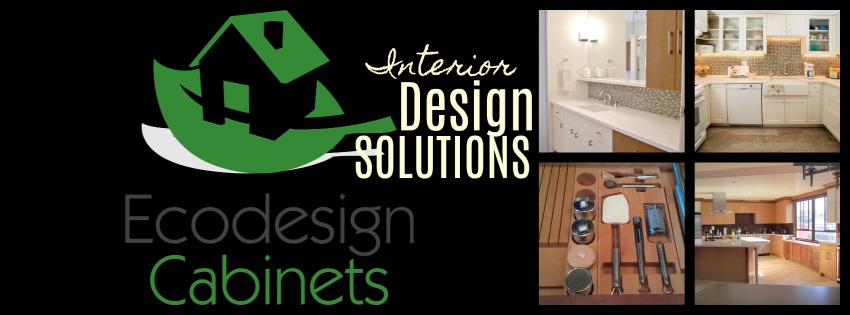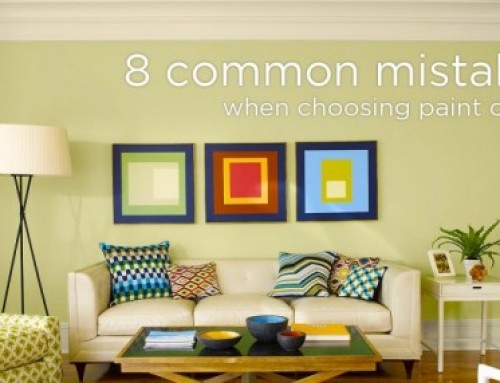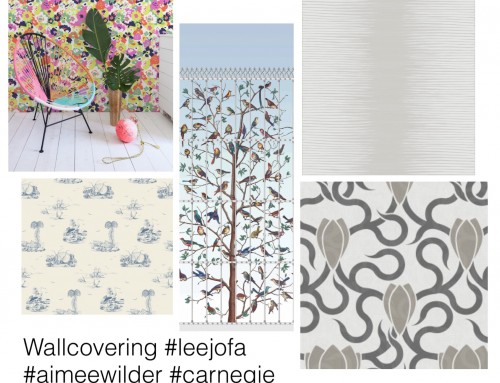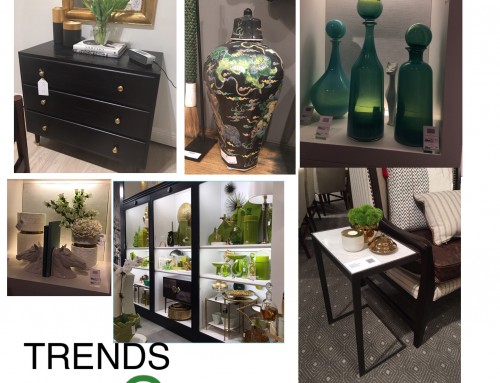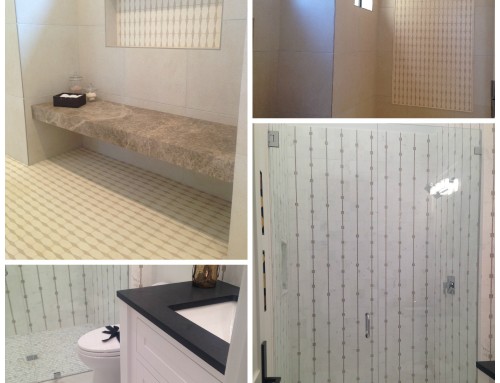As an Interior Designer – a large part of what I do is a plan and specify the right products for the job. Over the last few years, many major industry leaders have provided some kind of eco-friendly product to their line or made strides to reduce their carbon footprint. I feel that these companies should be helped and supported. Interior Designers are now the curators of spaces with eco-friendly products. Our job is morphing to becoming the Stewards of the Planet by the products we support.
Badly manufactured products are everywhere. However many good companies are proactively transforming their product line to be more eco-friendly. Builders, Architects and Designers are actively working on educating clients on how to create beautiful spaces only the least wasteful and most healthy way possible.
The he alth of your home starts with having the knowledge and awareness of materials that comprise your home. When you are renovating or doing upgrades, check materials and product labels for certifications to see if the product has been tested.
alth of your home starts with having the knowledge and awareness of materials that comprise your home. When you are renovating or doing upgrades, check materials and product labels for certifications to see if the product has been tested.
VOCs
Many products contain VOCs – Volatile Organic Compounds: volatile means evaporating rapidly, passing off readily in the form of vapour. These vapours can be harmful to your body. A mattress, for instance, can have synthetic foam that emits harmful VOCs that you breathe in every night. While your body is trying to heal from the day, it’s overworked from having to shield itself from a barrage of chemicals, causing health problems. It’s no secret that cabinetry, furniture, countertops, carpets, glues and paints can all be full of toxins harmful to your health. You breathe in the toxins and the ones that can’t be dispelled are stored up in the fatty tissues in your body to cause problems in health over time. The first step to better indoor air quality is to eliminate the source of harmful chemical vapours in your environment where you work and live.
How to improve indoor air quality
Since we spend 90% of our time indoors we need to do what we can to improve our indoor air quality. 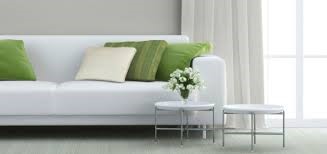 Here are 6 ways of eliminating the source of harmful chemical vapours in your home and work environment:
Here are 6 ways of eliminating the source of harmful chemical vapours in your home and work environment:
1) Abatement is the first basic way to deal with products that might off-gas. Treat all exposed particle board on shelving and furniture with a non-toxic sealer or paint. This will seal off the VOC.
2) Attack any suspected mould areas i.e. behind the shower wall, basements, attics and behind the sinks where water can leak and mould grows. Have a contractor professionally handle the area completely.
3) Do not purchase furniture or cabinets made with formaldehyde glues – use plywood or melamine lined particle board cabinets built without formaldehyde glue. 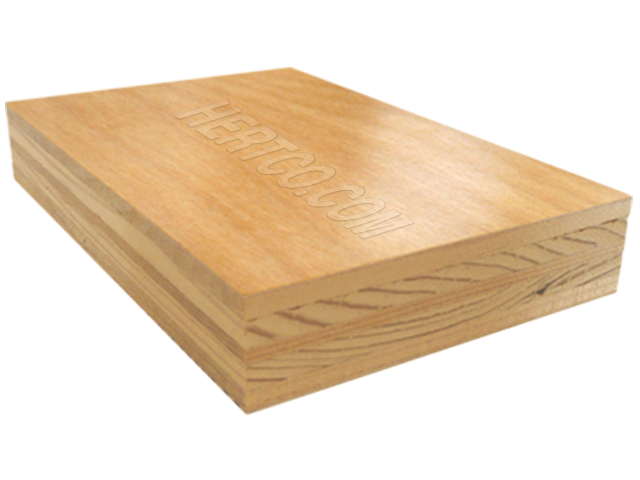
4) Do not purchase laminates, melamine, carpet glues, or the like that has not been tested and complies with acceptable regulations. There are a number of compliance programs such as “Greengard” http://www.greenguard.org/en/index.aspx
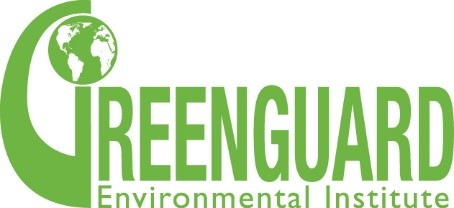 “CARB” California Air Resource Board certification http://www.arb.ca.gov/html/mission.htm
“CARB” California Air Resource Board certification http://www.arb.ca.gov/html/mission.htm
 Over 10, 000 products in the building industry have been tested and pass these certifications to ensure your peace of mind and good health. Beware of labels that say “natural” as this is not a designation for assured indoor air quality. (many poisons occur naturally)
Over 10, 000 products in the building industry have been tested and pass these certifications to ensure your peace of mind and good health. Beware of labels that say “natural” as this is not a designation for assured indoor air quality. (many poisons occur naturally)
5) Proper ventilation. Just like the cooling system in your car, your home requires intricate air exchange systems. I recommend with new baths and kitchens, new ceiling and cooking fans, checking proper ducting, and compliance with building codes to ensure efficiency. A non-working fan not only does not ventilate, but it can also be a breeding ground for mould and dust. 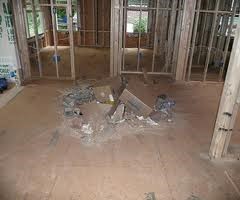
6) Be mindful on reno projects that waste is properly disposed of and recycled. There can be harmful toxins and particulates released into the air during a reno. Abatement and containment is a large part of the process. If your contractor is giving you a much lower price than competitors, check his costs on-site cleaning, dumping and containment. It’s best not to cut corners on indoor air quality and safety in a renovation.
More information on air quality improvements can be found at: Health Canada site: http://www.hc-sc.gc.ca/ewh-semt/air/in/poll/construction/formaldehyde-eng.php
Shelley Scales supplies her own selections of Ecodesign Cabinets from Hertco Kitchens LLC. Shelley has had a life long passion to help the environment and make the world a better place for her children. Call Shelley Scales Design Associates for a free quote today! 778-908-1804 or email: info@shelleyscales.com www.shelleyscales.com
Shelley Scales
Owner
